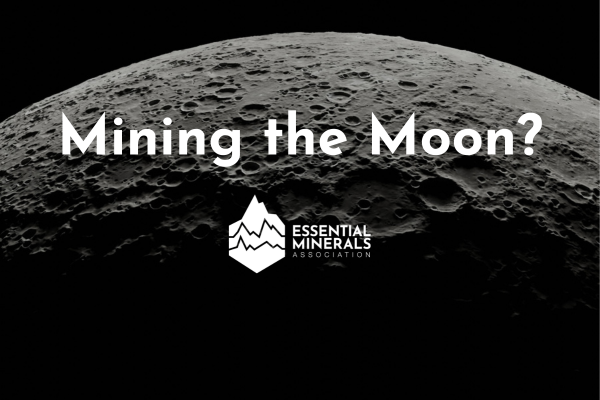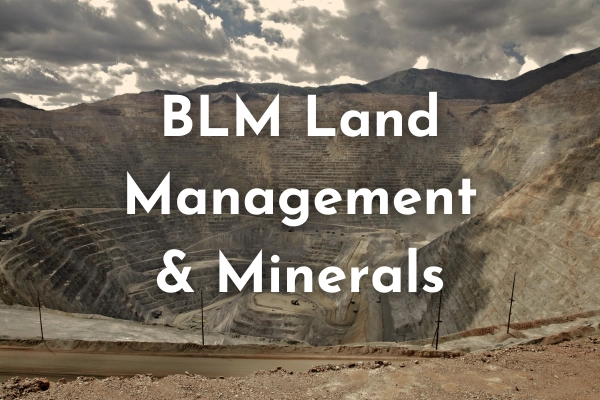October 21, 2025
October 21, 2025

The idea of mining on the Moon or Mars sounds like something out of science fiction—but today, it’s an active area of scientific research and commercial interest. Governments and private companies alike are exploring how to extract and use resources beyond Earth. From oxygen and water ice to metals and rare elements, space mining could be key to sustaining future exploration—and even powering technologies back home. But how close are we to making it a reality?
The motivation for space mining is both practical and visionary. Space missions are incredibly expensive, largely because every ounce of material has to be launched from Earth. Mining on the Moon or Mars could change that by providing local resources—what NASA calls in-situ resource utilization (ISRU). For example, extracting oxygen from lunar soil or water ice could support astronauts and produce rocket fuel for return trips, reducing costs and extending missions.
In the long term, mining off-world could also help ease demand for critical minerals on Earth. Many of the materials used in electronics, renewable energy, and defense—such as rare earth elements, platinum group metals, and titanium—are limited here at home but may be abundant elsewhere in the solar system.
Lunar regolith, the fine dust and rock covering the Moon’s surface, is rich in oxygen, silicon, aluminum, iron, and titanium. NASA’s Artemis program and private partners like Astrobotic and Intuitive Machines are developing technologies to map and eventually extract these materials. Perhaps most exciting is the discovery of water ice near the lunar poles. If this ice can be mined and processed, it could supply drinking water and hydrogen fuel for future lunar bases.
Mars, meanwhile, offers a different mix of resources. Its soil contains iron, magnesium, and sulfur compounds, and there’s evidence of frozen water underground. Extracting these could help sustain human colonies. Some research even explores the idea of producing metals or building materials directly from Martian dust using solar-powered 3D printers—a concept being tested by the European Space Agency (ESA).
Mining on the Moon or Mars comes with extreme technical challenges. Temperatures can swing hundreds of degrees between day and night. Machinery must survive radiation, dust storms, and low gravity. There’s no air for combustion, meaning conventional mining and refining processes have to be reimagined.
Robotics will play a central role. NASA’s VIPER rover, set to launch in 2026, will search for water ice on the Moon’s south pole and test extraction methods. Future missions might use robotic excavators, microwave heaters to extract volatiles, or solar concentrators to melt and separate minerals—all operated remotely or autonomously.
Beyond technology, there’s the question of ownership. The 1967 Outer Space Treaty states that no nation can claim sovereignty over the Moon or other celestial bodies. However, the U.S. Commercial Space Launch Competitiveness Act of 2015 allows private companies to own and sell resources they extract. As more nations enter the space race, developing fair international rules will be critical to prevent conflict and ensure sustainable exploration.
So, can we really mine on the Moon or Mars? Technically, yes—but not yet at commercial scale. The first real attempts will likely focus on small-scale resource extraction to support lunar and Martian missions in the 2030s. From there, larger operations may follow, potentially reshaping the global economy and how we think about resources.
For now, space mining remains one of humanity’s boldest frontiers—a vision that blends science, engineering, and imagination. It’s not a question of if we can mine beyond Earth, but when.

December 3, 2025

November 10, 2025